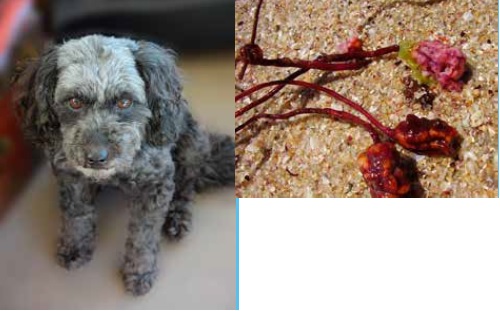Dacryocystitis in Rabbits
/Dacryocystitis in rabbits is where the nasolacrimal duct becomes infected.
The duct is long and windy and can become easily blocked resulting in a very mucky eye and surrounding fur. It is really important to always check affected rabbits for any concurrent dental disease as the roots of the diseased upper molars can put pressure on the duct causing occlusion and infection.
Affected rabbits require frequent duct flushing and medication (sometimes for weeks) until the infection is under control and the duct has become patent again. Most of the time rabbits are really cooperative with this and it can be performed under local anaesthetic to the eye.
Other common rabbit and guinea pig ocular problems include scratches to the eye, or foreign bodies especially seeds/straw behind the eyelids which require prompt removal/treatment to preserve the eyes and vision.
If you have any concerns about your small furries eyes contact any of our Blue Cross Veterinary centres today.














